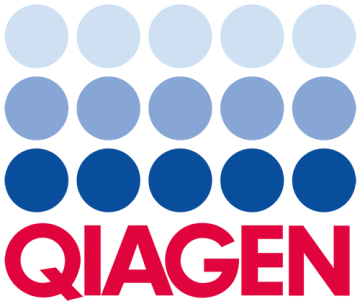SPINK1 Pancreatic Cancer Pathway
Serine protease inhibitor, Kazal type 1 (SPINK1), also known as pancreatic secretory trypsin inhibitor (PSTI) and tumor-associated trypsin inhibitor (TATI), is mainly produced in the acinar cells of the exocrine pancreas, but also is expressed by mucus-secreting cells throughout the gastrointestinal tract and in the kidney, lung and breast. The main physiological role of SPINK1 is to serve as a first line inhibitor of trypsin in the event of premature trypsinogen activation. It is capable of inhibiting around 20% of the total activity of trypsin in the acinar cells and the pancreatic ducts. SPINK1 is an efficient inhibitor of trypsin-1 and trypsin-2, but not of trypsin-3.
Acute pancreatitis can be caused by inappropriate conversion of trypsinogen to trypsin within the pancreatic acinar cells, leading to tissue damage and inflammation, including activation of protease-activated receptors like PAR2/F2RL1...
Pathway Summary
SPINK1 Pancreatic Cancer Pathway Genes list
CELA1chymotrypsin like elastase 1 CELA2Achymotrypsin like elastase 2A CELA2Bchymotrypsin like elastase 2B CELA3Achymotrypsin like elastase 3A CELA3Bchymotrypsin like elastase 3B CLPScolipase CPA1carboxypeptidase A1 CPA2carboxypeptidase A2 CPA3carboxypeptidase A3 CPA4carboxypeptidase A4 CPA5carboxypeptidase A5 CPA6carboxypeptidase A6 CPB1carboxypeptidase B1 CPB2carboxypeptidase B2 CPDcarboxypeptidase D CPEcarboxypeptidase E CPMcarboxypeptidase M CPN1carboxypeptidase N subunit 1 CPOcarboxypeptidase O CPQcarboxypeptidase Q CPZcarboxypeptidase Z CTRB2chymotrypsinogen B2 CTRCchymotrypsin C CTRLchymotrypsin like CTSAcathepsin A CTSBcathepsin B ELANEelastase, neutrophil expressed F2RL1F2R like trypsin receptor 1 KLK1kallikrein 1 KLK10kallikrein related peptidase 10 KLK11kallikrein related peptidase 11 KLK12kallikrein related peptidase 12 KLK13kallikrein related peptidase 13 KLK14kallikrein related peptidase 14 KLK15kallikrein related peptidase 15 KLK2kallikrein related peptidase 2 KLK3kallikrein related peptidase 3 KLK4kallikrein related peptidase 4 KLK5kallikrein related peptidase 5 KLK6kallikrein related peptidase 6 KLK7kallikrein related peptidase 7 KLK8kallikrein related peptidase 8 KLK9kallikrein related peptidase 9 KLKB1kallikrein B1 MMP12matrix metallopeptidase 12 PRSS1serine protease 1 PRSS2serine protease 2 PRSS3serine protease 3 SMAD2SMAD family member 2 SMAD3SMAD family member 3 SPINK1serine peptidase inhibitor Kazal type 1 TGFB1transforming growth factor beta 1 TGFBR1transforming growth factor beta receptor 1 TGFBR2transforming growth factor beta receptor 2 TMPRSS15transmembrane serine protease 15
